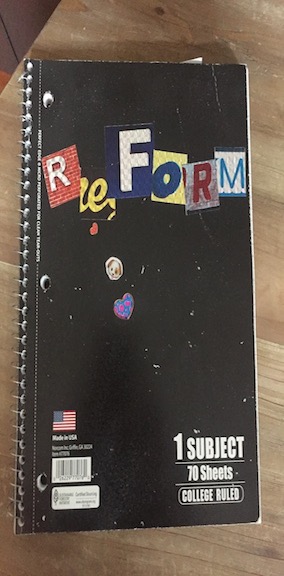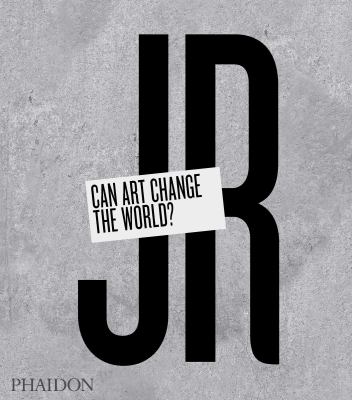Nato Thompson, Contributing Writer
WHAT WE DO NOW
STANDING UP FOR YOUR VALUES IN TRUMP'S AMERICA
EDITED BY DENNIS JOHNSON AND VALERIE MERIANS
Short, powerful essays on what we can do now to cope with Trump’s election, and how, moving forward, we can protect our values, our politics, and our country.
Contributors:
Cornell William Brooks, president and CEO of the National Association for the Advancement of Colored People (NAACP)
Michael Brune, executive director of the Sierra Club
Rea Carey, executive director of the National LGBTQ Task Force
David Cole, national legal director of the American Civil Liberties Union (ACLU)
Dave Eggers, author and publisher, McSweeney’s
Ilyse Hogue, president of NARAL Pro-Choice America
Cristina Jimenez, co-founder and managing director of United We Dream
M. Dove Kent, executive director of Jews For Racial & Economic Justice
Mara Keisling, founder and executive director of National Center for Transgender Equality
Rabbi Sharon Kleinbaum, spiritual leader of Congregation Beit Simchat Torah
Paul Krugman, Nobel Prize-winning economist and columnist for The New York Times
George Lakoff, cognitive linguist
Allan Lichtman, American political historian, American University
John R. MacArthur, publisher of Harper’s Magazine
Bill McKibben, environmentalist, co-founder and senior advisor of 350.org
Ilhan Omar, Member of the Minnesota House of Representatives and the first Somali-American legislator
Brittany Packnett, co-founder of Campaign Zero and vice president of national community alliances for Teach for America
Robert B. Reich, served in the administrations of Presidents Gerald Ford and Jimmy Carter and was Secretary of Labor under President Bill Clinton
Anthony Romero, executive director of the American Civil Liberties Union (ACLU)
Bernie Sanders, United States Senator from Vermont
George Saunders, author
Linda Sarsour, executive director of the Arab American Association of New York
Gloria Steinem, feminist
Trevor Timm, co-founder and executive director of the Freedom of the Press Foundation
Nato Thompson, art activist and artistic director of Creative Time
Katrina vanden Heuvel, publisher of The Nation
Elizabeth Warren, United States Senator from Massachusetts

























